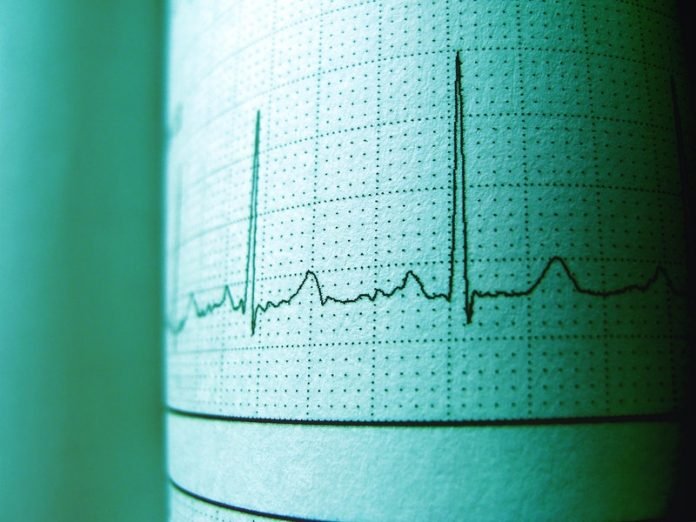
In a new study, researchers have demonstrated that a new mapping approach based on near-infrared spectroscopy can distinguish between fat and muscle tissue in the heart.
This distinction is critical when using radiofrequency ablation to treat a serious heart rhythm problem known as ventricular tachycardia.
The research was conducted by a team from Columbia University.
Ventricular tachycardia is the single largest cause of sudden death in the U.S., with an estimated 300,000 deaths per year occurring from the condition.
Radiofrequency ablation, the only treatment for ventricular tachycardia, involves identifying areas of the heart that are triggering abnormal signals and then heating them to the point that abnormal signals can no longer be transmitted.
During the procedure, it’s important, yet challenging, to identify precisely where to deliver energy while avoiding healthy tissue.
In the study, the team showed, for the first time, that an ablation catheter incorporating near-infrared spectroscopy mapping could successfully distinguish various tissue types in hearts donated from patients with heart disease.
The researchers used near-infrared spectroscopy, which works by shining light with a broad range of wavelengths onto the tissue and then detecting the light that is reflected back.
This reflectance spectrum provides information about tissue composition based on its absorption and scattering properties.
The team says the technique lets us distinguish various types of tissue within human hearts because fat, muscle and ablation lesions all have a different scattering and absorption wavelength-dependent properties.
The approach could not only be used to guide ablation procedures and evaluate how well they worked but might also provide information that could be used to develop new computational models that would help advance the understanding of mechanisms involved in arrhythmia.
They hope that our technology can be translated to the clinic to increase the efficacy of radiofrequency ablation therapy and reduce related complications for ventricular tachycardia patients.
One author of the study is Christine P. Hendon from Columbia University.
The study is published in Biomedical Optics Express.
Copyright © 2020 Knowridge Science Report. All rights reserved.



